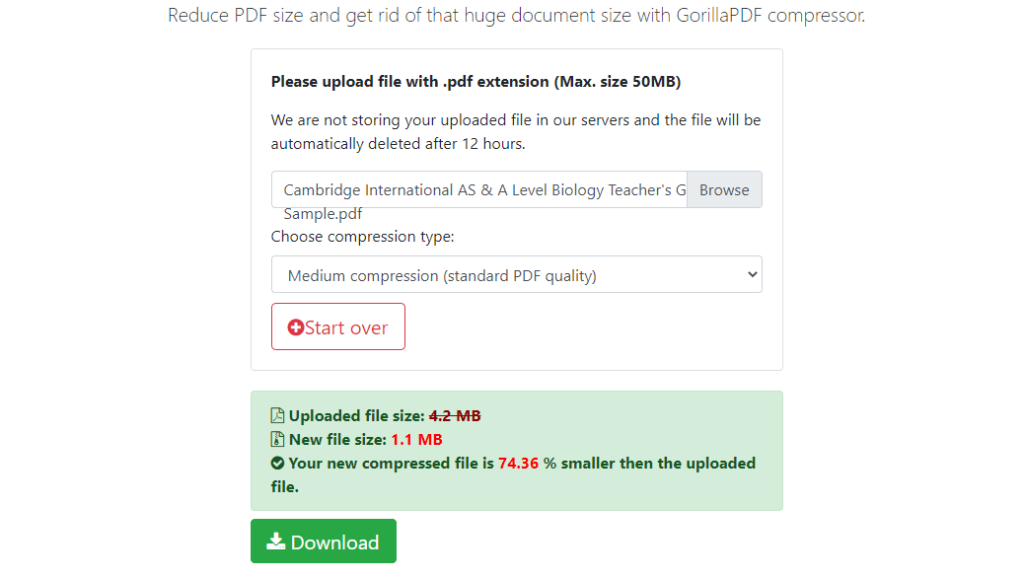

block palette, typically 2 or 4 colors for each block of 4x4 pixels, used in BTC, CCC, S2TC, and S3TC.Whole-image palette, typically 256 colors, used in GIF and PNG file formats.This method can be combined with dithering to avoid posterization. Each pixel just references the index of a color in the color palette. The selected colors are specified in the colour palette in the header of the compressed image. Color quantization - Reducing the color space to a few "representative" colors in the image.The more recently developed wavelet transform is also used extensively, followed by quantization and entropy coding.DCT is used in JPEG, the most popular lossy format, and the more recent HEIF.It is generally the most efficient form of image compression.

The DCT is sometimes referred to as "DCT-II" in the context of a family of discrete cosine transforms (see discrete cosine transform). It is a type of Fourier-related transform, and was originally developed by Nasir Ahmed, T. Discrete Cosine Transform (DCT) – The most widely used form of lossy compression.Transform coding – This is the most commonly used method.Lossy compression that produces negligible differences may be called visually lossless.

Lossy methods are especially suitable for natural images such as photographs in applications where minor (sometimes imperceptible) loss of fidelity is acceptable to achieve a substantial reduction in bit rate. Lossy compression methods, especially when used at low bit rates, introduce compression artifacts. Lossless compression is preferred for archival purposes and often for medical imaging, technical drawings, clip art, or comics. Image compression may be lossy or lossless.


 0 kommentar(er)
0 kommentar(er)
